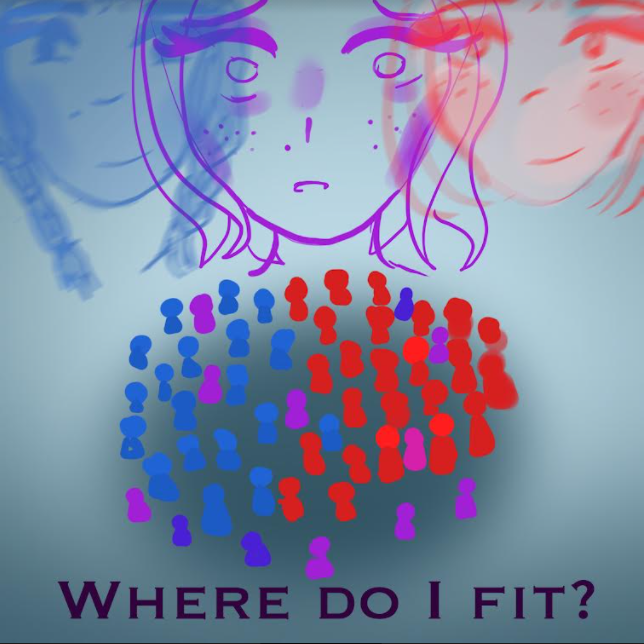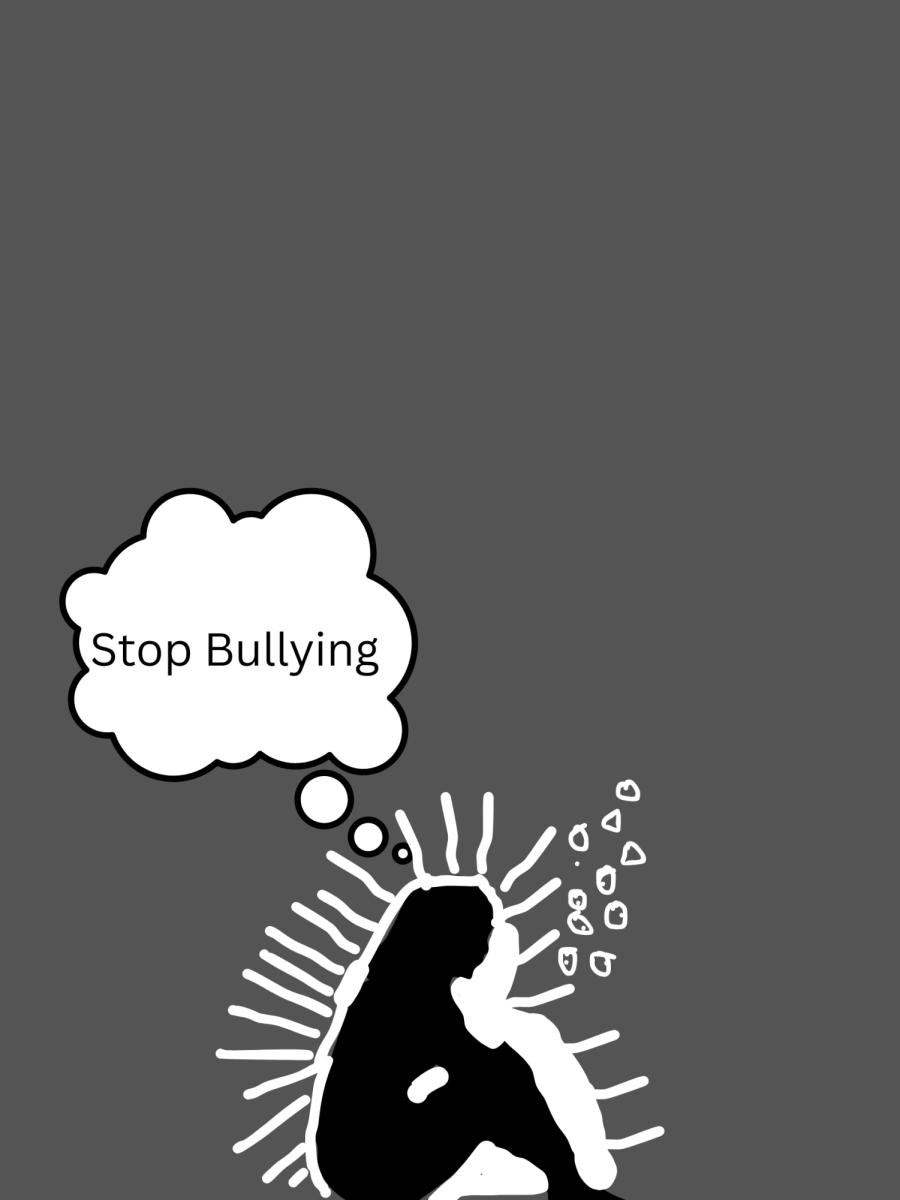“Too White To Be Brown, Too Brown To Be White”
September 8, 2021
When I told the Journalism team that I wanted to write this article I saw smiles and shocked faces. We started talking about how the social stigma of being a “mixed kid” made us feel. One of our editors, Camorah Sillito, brought up the age-old saying, “I’m too white to be brown and too brown to be white.”
To put it in simple terms, many interracial kids feel like aren’t enough for both cultures, stuck in a sort of interracial limbo.
According to the 2020 Census, “Nearly all groups saw population gains this decade and the increase in the Two or More Races population [referred to throughout this story as the Multiracial population] was especially large (up 276%). The White alone population declined by 8.6% since 2010.”
The white population is declining to a point where pretty soon most people will be mixed. It’s scary to know that more and more people will feel as lost and unwelcome as I do. Hopefully, this means that the “new population” will be more educated in how we think about mixed cultures.
My Dad is from Aguascalientes, Mexico and my Mom is from here in Utah, but doesn’t feel like that sometimes. Growing up I felt like I never measured up to my Hispanic heritage. Not knowing the language, and not being darker skinned I was constantly invalidated. However, mostly visiting the white part of my family for most of my life that invalidity grew. I never really fit into either. Even though I’ve always felt closer to my Hispanic heritage. And yes, most of the time, people will assume that I am white. I’m white-passing but I’m Latina as well.
“Passing” is when someone’s features cause an individual to be mistaken for another ethnicity. The term comes from “mulatto” and “colored”, meaning the offspring of “pure white” and “black blood”. Many historical figures like Fredrick Douglass and Booker T. Washington were considered “mulatto” or “mixed”. According to the PBS article “Mixed Race America” this term is only used in the US. “Not only does the one-drop rule apply to no other group than American blacks, but apparently the rule is unique in that it is found only in the United States and not in any other nation in the world”.
In my mind being a “white-passing” person of color is one of the hardest things to experience. Mixed kids have this HUGE weight on their shoulders of having the privilege of white skin. “I have a lot of internal conflict, so I get a bunch of cases of imposter syndrome. So, when I say I’m Latino…I have a part inside of me saying you’re just white. Even though I’m not, I’m half Guatemalan.” says Senior K Nelson. When something goes wrong within society’s cultural perspective, “white-passing” peoples are the ones who have to defend and validate our cultures, people, and even ourselves.
Senior, Sarah Sanchez tells her story when she went to a Church of Jesus Christ of Latter-Day Saints girls camp with her brother .“Yeah, the one girl who was like my best friend, she made a comment like Mexicans are rapists, and we deserve to go back to our country. And I was like, you’re sitting right next to me and I’m half Mexican! And she’s like:” YOU’RE SPANISH?” and then we were like (her and her brother), we’re gonna leave” Sanchez said.
For the first time, she realized that those types of situations were in her reality. I remember feeling like that for the first time when my dad was called a “dirty Mexican” in the parking lot of my junior high. It hurt to know that I couldn’t do anything for my dad at the time. I didn’t know what to do. Racism is something that many people are ignorant about. Especially, if you are a younger child growing up in a multicultural home.
“I think the change in identity from when I was younger is that I really have the language to describe who I am, which I lacked back then. I only knew that I wasn’t wholly white, but that it was thrown into pretty sharp contrast because I grew up in a town that was like 99 percent white.” As stated in the article “The loneliness of being mixed race in America ” from Vox Magazine, many multiracial families are charged with the struggle of keeping culture within America.
Senior Caroline Wilkinson gives some advice to those who feel the most lost about multiracial. “For me, I don’t feel like I need to fit into one or the other, I can just be somebody who is both, I can fit into both of them partially. That’s enough for me.” Our culture reflects our society. Whether that means you were born into the country your ethnicity is from or you were born here in the US, I want to make one thing abundantly clear. You are not alone. Whatever your situation is, you are valued and loved. Everyone is different, so if being mixed is not a big deal for you, support those who need help. Together, we can create a better cultural experience for future generations.
— Rico Suave





